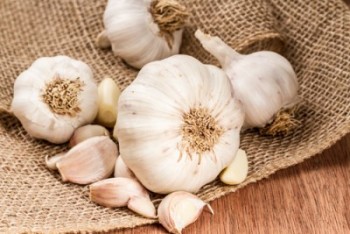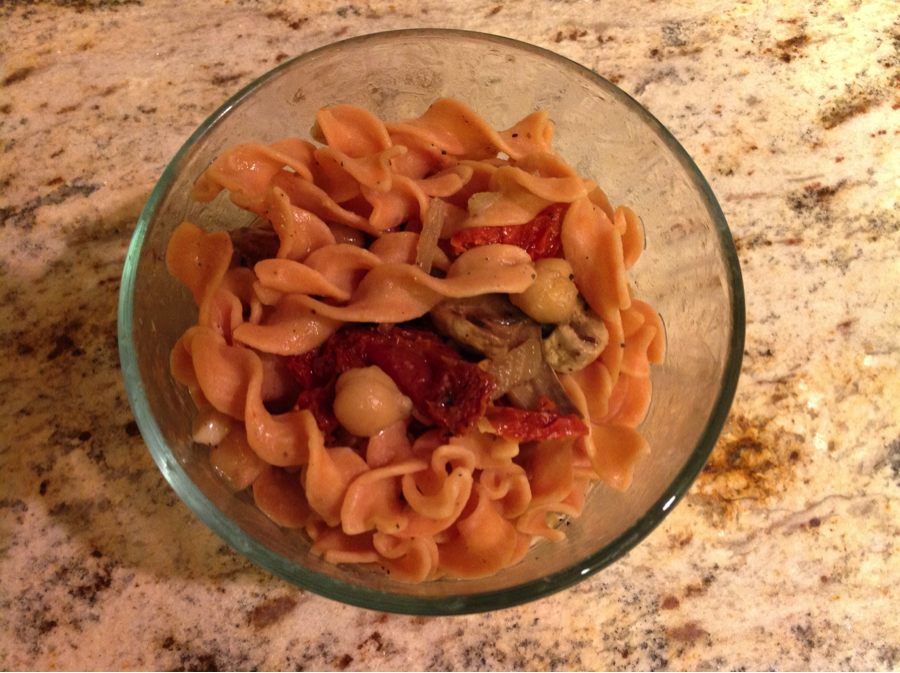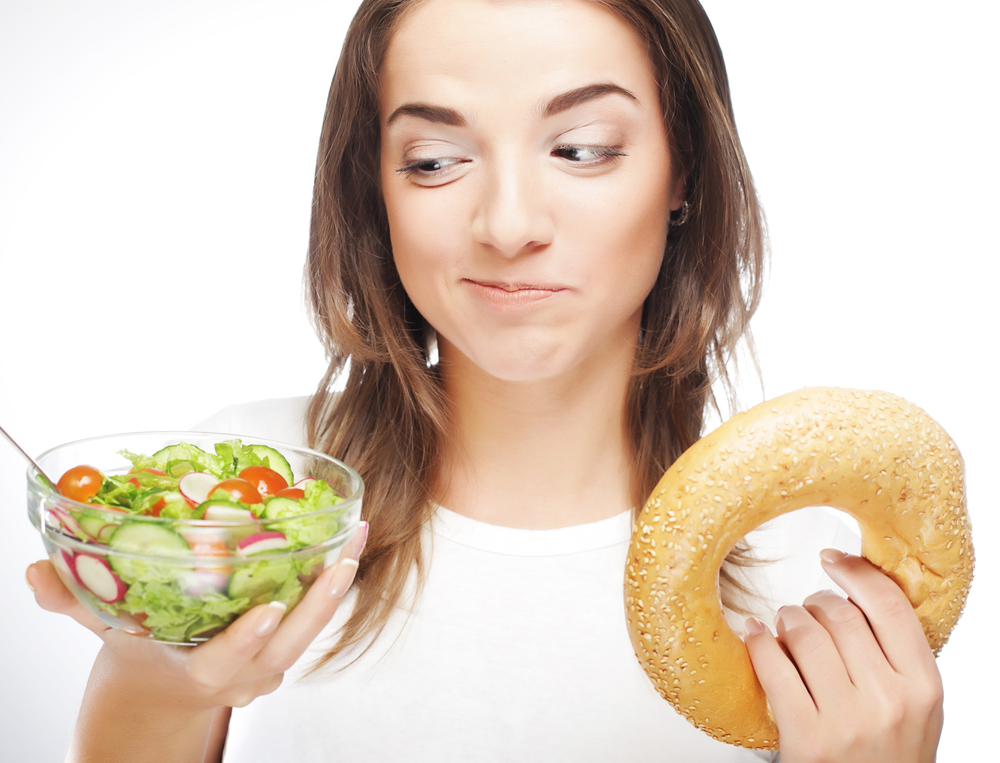The YogaLean Benefits of Garlic

Mmm, garlic! I can’t get enough of this tasty, aromatic ingredient and love to incorporate it abundantly in my home recipes. Garlic adds an irresistible depth of flavor to my dishes and it’s an essential part of that comforting aroma we often associate with fresh, home cooking. But, in addition to its sensational culinary properties, […]
Sunburst Pasta

Tolerant Red Lentil Pasta has a bit of a peppery flavor when eaten on its own. When I use it in a recipe I look to find flavors that enhance the pasta’s natural flavors. This dish uses sundried tomatoes for a sweet flavor, chickpeas for a meaty texture, onions and garlic as aromatics, and mushrooms for a chewy texture. […]
Broccoli Greens Tofu Stir Fry

Not only do I love to eat light and healthy foods, but I also do not like to waste food. When I had an opportunity to try broccoli and cauliflower greens I was elated! This was an opportunity to experience two vegetables I love in an entirely new way. I have used the greens as a side dish […]
7 Signs of Emotional Overeating

7 Signs of Emotional Overeating April 1st marks the beginning of Emotional Overeating Awareness Month, giving us an excellent opportunity to explore our relationship to food and the emotions that tend to belie our eating habits. In the clinical sphere, emotional overeating is defined as a “maladaptive coping strategy” involving an increase in food intake […]
